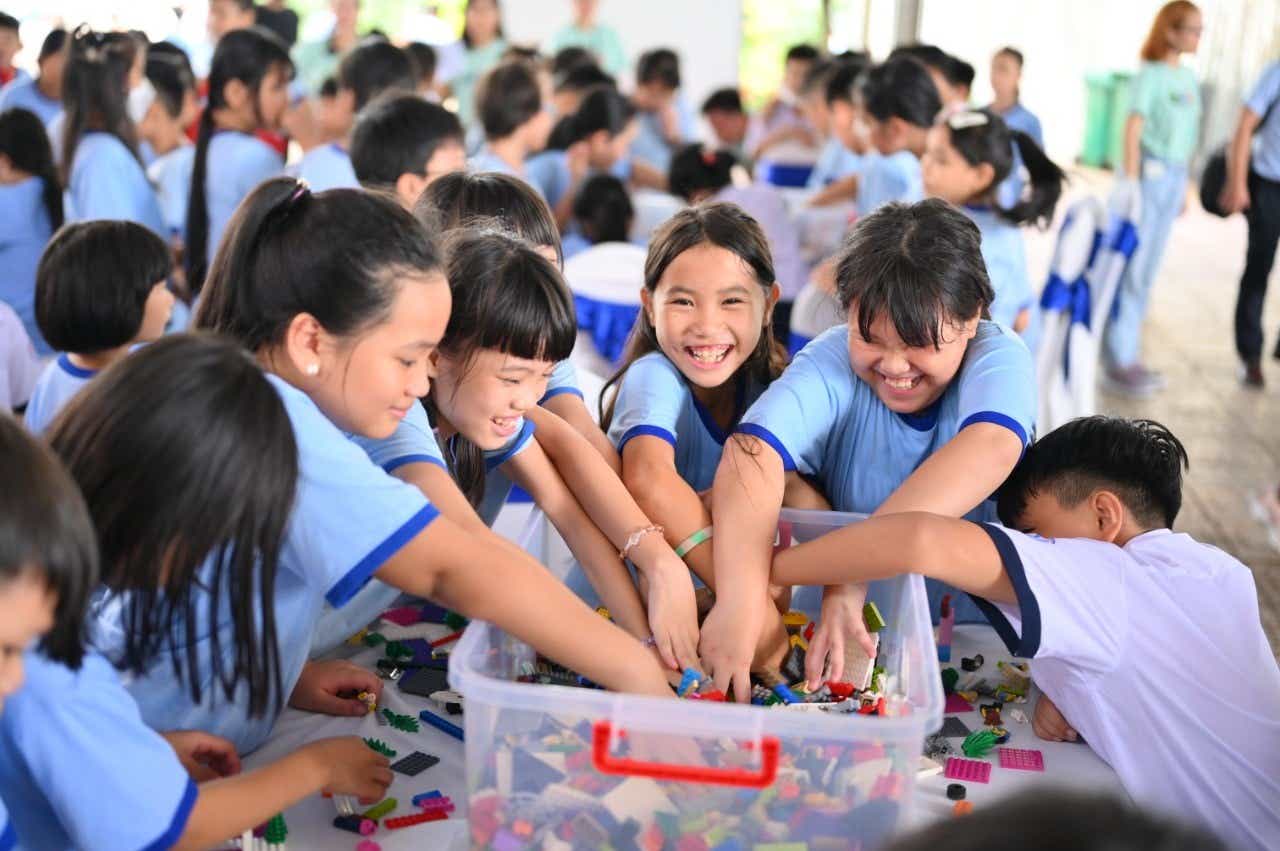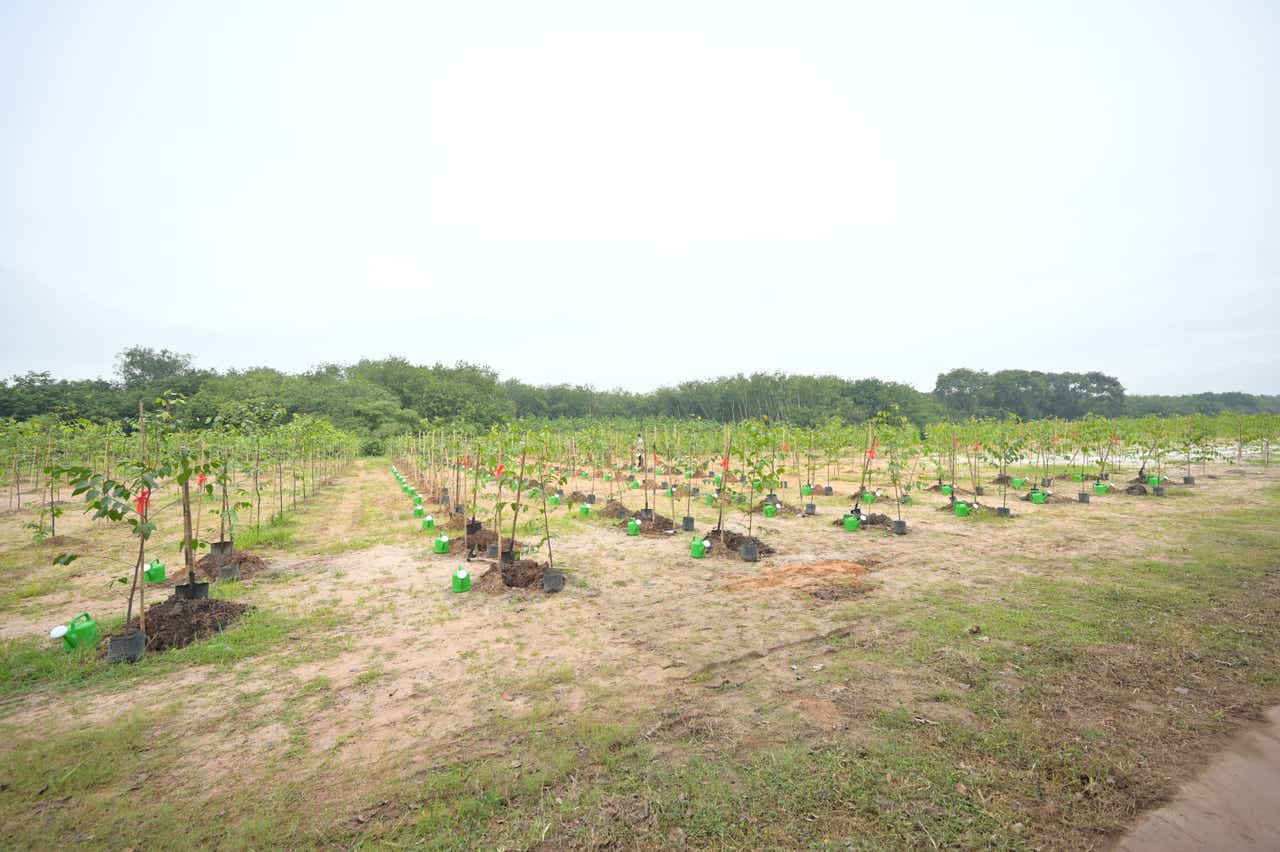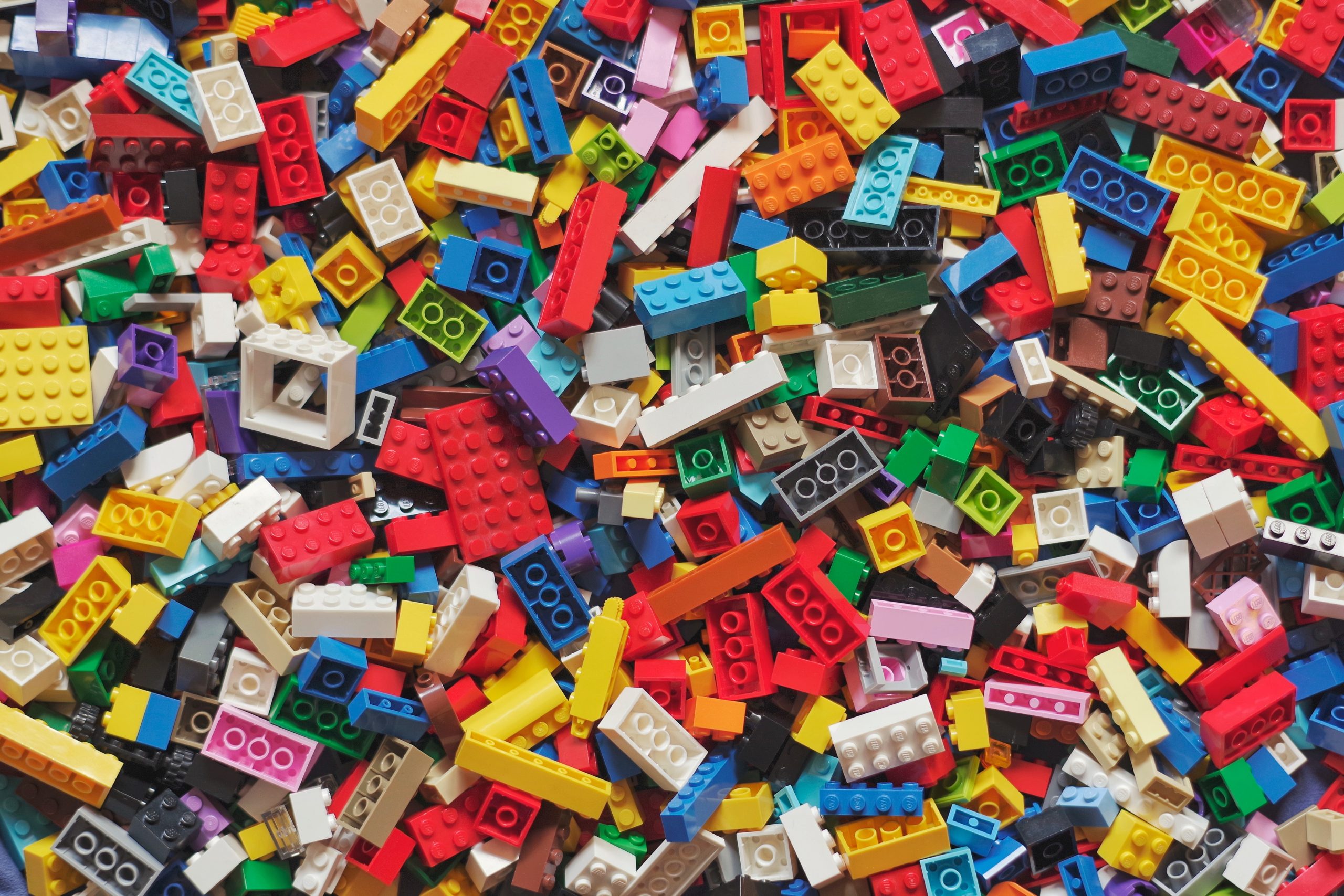LEGO: Sustainability in the company

LEGO, known for its colourful bricks, is pursuing several sustainability initiatives. Read more about the company’s sustainability strategy here.
Billboard
Skyscrapper
Halfpage
LEGO is planting 50,000 trees in Vietnam starting in November, the new company buildings will be designed to be CO2-neutral and by 2030 LEGO wants to make its bricks from more sustainable materials. These are just a few of many sustainability initiatives. With Build the Change, LEGO also wants to inspire children about sustainable construction and urban planning. Read all about LEGO’s sustainability strategy here.
LEGO sustainability strategy
LEGO is a world-renowned company whose colourful bricks are considered meaningful toys that span generations. However, LEGO bricks have been made of plastic for decades – a material that is increasingly falling into disrepute. LEGO is also not exactly innocent when it comes to packaging material and energy consumption.
At the same time, the company is a pioneer in innovative approaches to sustainability. These are the most important strategies to make LEGO sustainable:
- Sustainable materials: LEGO is already experimenting with toy blocks made from recycled plastic and bioplastic. All major products will be made of sustainable materials by 2030.
- Less packaging: The company is reducing its packaging waste. By 2025, all LEGO packaging will consist of renewable or recycled materials.
- Reduced CO2 emissions: Thanks to two large offshore wind farms, LEGO already operates 100 per cent CO2-neutral. Renewable wind energy balances all used energy.
- Partnership with WWF: LEGO is working with WWF to further reduce CO2 emissions along its production and supply chains. The company is also keen to call for more action against climate change.
- LEGO Replay: As a step towards the circular economy, LEGO offers its customers the opportunity to donate used LEGO bricks. These then go to children who cannot afford toys themselves.
- New trees: The construction of a new LEGO factory in Vietnam is accompanied by the clearing of trees. LEGO has committed to planting twice the number of trees to protect and improve the quality of life and biodiversity locally.
- Build the Change: With this call, LEGO inspires children and teachers to develop ideas for a better world and share them on the company’s website. Free courses and materials are available to support them.
Planting Trees in Vietnam
As part of its efforts to operate CO2-free, the LEGO Group is planting 50,000 trees in Vietnam. This is because a new LEGO factory is being built here. The trees near the factory will ensure CO2 neutrality and at the same time improve the quality of life. The LEGO Group has already started planting trees. At the same time, 25,000 trees were felled to make room for the factory building. The planting project is to run for three years.
The new LEGO factory is to be LEGO’s first completely CO2-free production facility. Its construction will begin in November 2022 in Binh Duong province in southern Vietnam.
Preben Elnef, LEGO Group Vice President in Vietnam, said: “As we move forward with the construction of our new factory in Vietnam as planned, it is crucial for us to achieve our goal of operating the factory with minimal impact on the environment. To this end, we will invest in a solar farm that will provide the energy to run the factory, and we are looking at many other initiatives that will make our new site a global beacon for sustainable operations.“
The company is also keen to improve the quality of life in the urban areas around the factory and to protect biodiversity. The trees planted will help reduce the ambient temperature and improve air quality. The seven different tree species are native to Vietnam. About 15,000 trees have already been planted.

LEGO sustainability initiative: Build the Change
With the sustainability initiative Build the Change, the LEGO Group wants to motivate children to develop ideas for a sustainable future. The focus is on skills such as creativity, problem solving, collaboration and communication. Participating children get the opportunity to use LEGO bricks to develop their visions and proposed solutions for a sustainable world. These ideas are available via a picture gallery on the LEGO site.
In addition, LEGO offers free courses for teachers. These aim at children aged seven to twelve, who learn more about biodiversity and climate change with the help of free resources. The teachers provide support.
Children’s ideas for sustainable designs
One example of LEGO’s Build the Change initiatives is the Building Instructions for a Better World project. For the COP26 climate conference in Glasgow in November 2021, the LEGO Group invited over 6,000 children worldwide to share ideas for a climate-friendly world. This was the message to politicians: “The power may be with you, but the future belongs to us. Please take action. Please get us involved.“
LEGO also provides information and projects around sustainable urban planning. The company invites people to make their school or home more environmentally friendly. To do this, children use LEGO bricks and then share their ideas via the LEGO website.

Praise and criticism: Is LEGO sustainable?
LEGO is a company that is a leader in sustainability. Admittedly, the group does not succeed in completely banning plastic – and in fact customers still want plastic bricks. Nevertheless, LEGO is doing a lot to achieve a positive CO2 balance, to use renewable energies and to initiate new solutions on the social level.
The company’s biggest current project is the search for a bioplastic. The question remains how sustainable it is to exchange one plastic for another. The approach may not be revolutionary, but as long as the CO2 balance is positive, LEGO can set an important example. This also applies to the circular economy: If a plastic-based company like LEGO produces its building blocks from recycled plastic in the future, it succeeds in reintroducing existing waste into the cycle. Therefore, the company has a role model function.
The new LEGO campus in the Danish town of Billund embodies the company’s ideals. For example, the building has green roofs, collects rainwater, and contains solar cells. Thanks to two offshore wind farms, LEGO can now say that its headquarters run entirely on renewable energy.
One approach to meet the challenges of climate change in coastal areas are floating cities. BIG designed a first prototype for a floating city in Busan. Read more about the design here: Oceanix Busan












